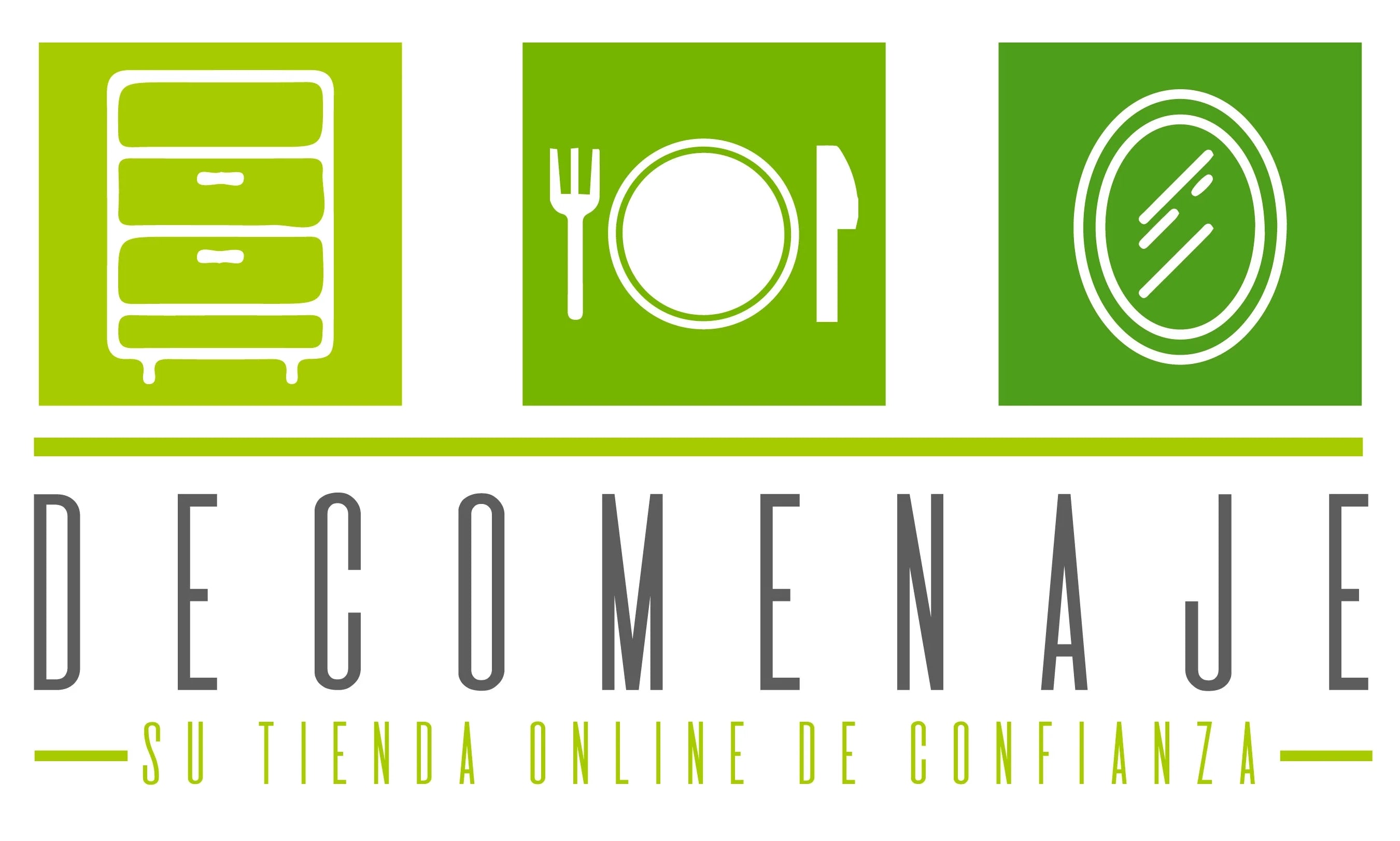Food presentation is more than just plating, it is an extension of your culinary skills. A well-presented dish is not only delicious, but also a feast for the eyes, sparking anticipation and tantalizing the taste buds before the first bite.
But mastering the art of food presentation can seem daunting. Have no fear, this comprehensive guide will equip you with the techniques and insight to transform your plates into edible masterpieces that tantalize the taste buds and attract attention.
The Canvas and the Palette
Your plate is your canvas, and your ingredients are your vibrant palette. Consider the interplay of colors, textures, and shapes to create visual harmony.
1. Color Psychology: Harness the power of color. Red evokes passion and heat, while green signifies freshness and health. Use contrasting colors to make your dish pop, like vibrant pesto against ivory ricotta.
2. Textural Symphony: Play with textures to add depth and intrigue. Crispy breadcrumbs alongside creamy polenta, or delicate pea shoots atop pan-seared scallops, create a delightful textural contrast.
3. Shapes and Lines: Don't be afraid to get creative with shapes. Arrange sliced vegetables in geometric patterns, or stack pancakes into playful towers. Use edible sauces to draw lines and circles, adding artistic flair.
Composition and Balance
Think of your dish as a mini masterpiece, where every element has its place. Just like a painter, use the principles of composition to guide the arrangement to create a plate presentation that is visually and tasteful.
1. The Rule of Thirds: Divide your plate into thirds, both horizontally and vertically. Place your focal point, like the protein, at one of the intersecting points for a visually balanced composition.
2. Leading the Eye: Use visual cues to guide the diner's eye around the plate. A drizzle of sauce can lead towards the main ingredient, while a sprig of herb draws attention to a hidden garnish.
3. Negative Space: Embrace the power of empty space. Don't overcrowd your plate. Leaving some negative space allows the individual elements to breathe and enhances the overall elegance.
Shape and Size
Choosing the right plate can elevate a dish from good to great, igniting appetites and creating a lasting impression. With various shapes and sizes, you need to know how to use them correctly in order to create artistic food presentations.
- Round plates are classic and versatile, ideal for showcasing central elements like a perfectly roasted chicken or a towering burger. Square plates offer a modern edge, perfect for deconstructed dishes or geometrically composed salads. Rectangular plates add drama and direction, ideal for long, flowing pasta dishes or skewered appetizers.
- Size is equally important. Don't dwarf your food on a vast expanse of white porcelain, and conversely, avoid cramming culinary chaos onto a tiny saucer. Leave enough white space around the edges. Think of it as a frame for your edible artwork, to draw focus and prevent visual overload.
In the world of culinary arts, food presentation is the final touch that completes a chef's creation. It is a culmination of skill, creativity and attention to detail.
To bring this artistry into your restaurant, explore the exquisite collection of serving plates at Decomenaje. Enhance your culinary creations with plates that not only enhance the visual appeal but also complement the flavors within. Transform your dining moments into extraordinary experiences.

